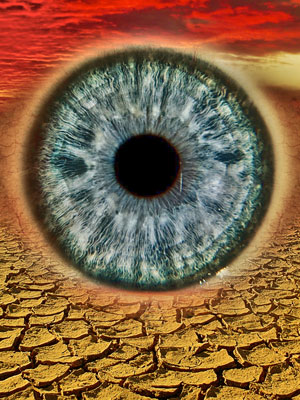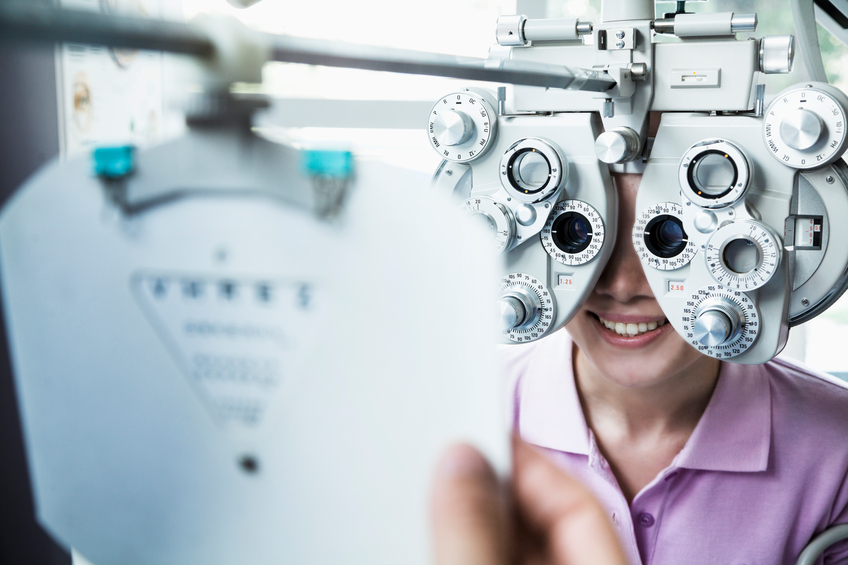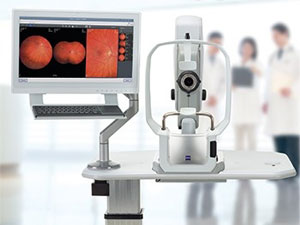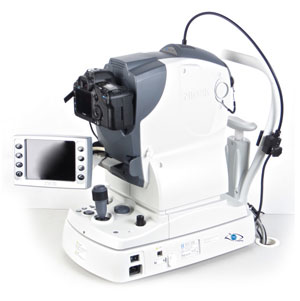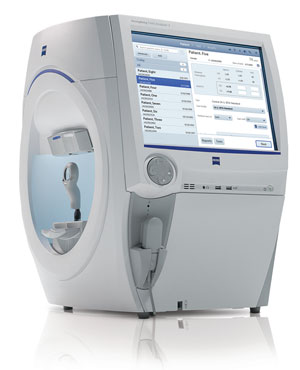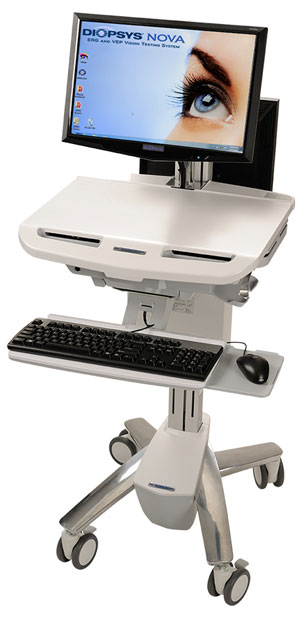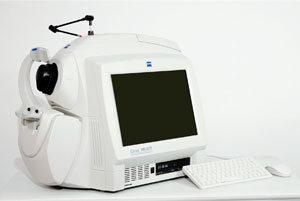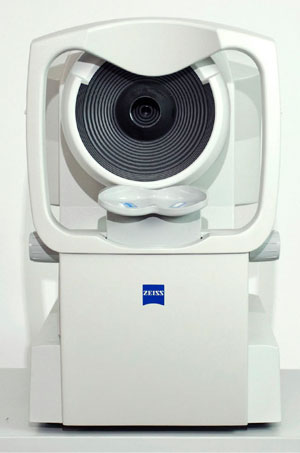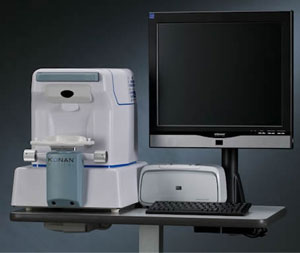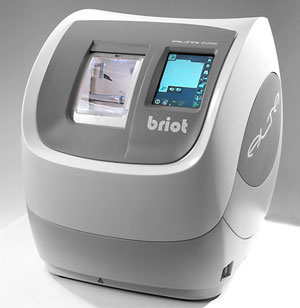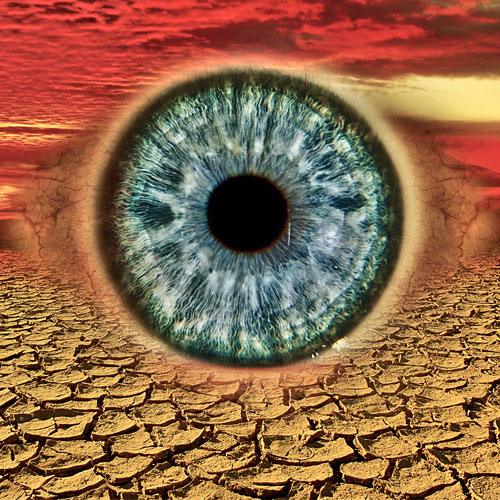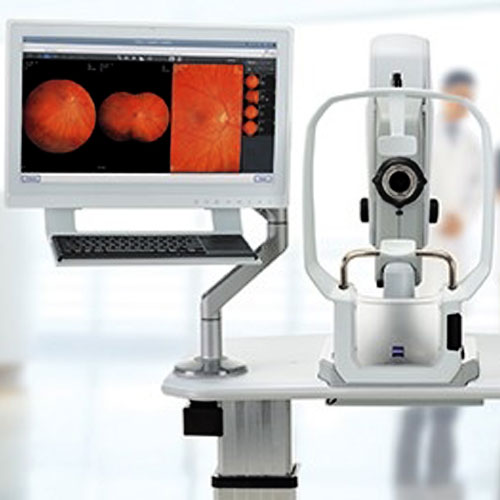Looking for Something?
Location & Hours
719 W Main St
Atlanta, TX 75551
| M, W, Th, F: | 8:00am - 5:00pm |
| Tuesday: | 8:00am - 6:00pm |
Our Services
There are an estimated 300 million people in the world with color vision deficiency (CVD).
There are an estimated 300 million people in the world with color vision deficiency (CVD).
One in 12 men, and about one in 200 women, have some form of CVD. Color blindness is
typically inherited genetically and carried recessively on the X chromosome.
Approximately four out of five color blind people (80%) can be helped by Enchroma glasses.
Many color blind people find their occupational, sports or artistic pursuits limited by their
condition. While color blindness is often considered a mild disability, studies estimate that
two-thirds of people with CVD feel it's a handicap.
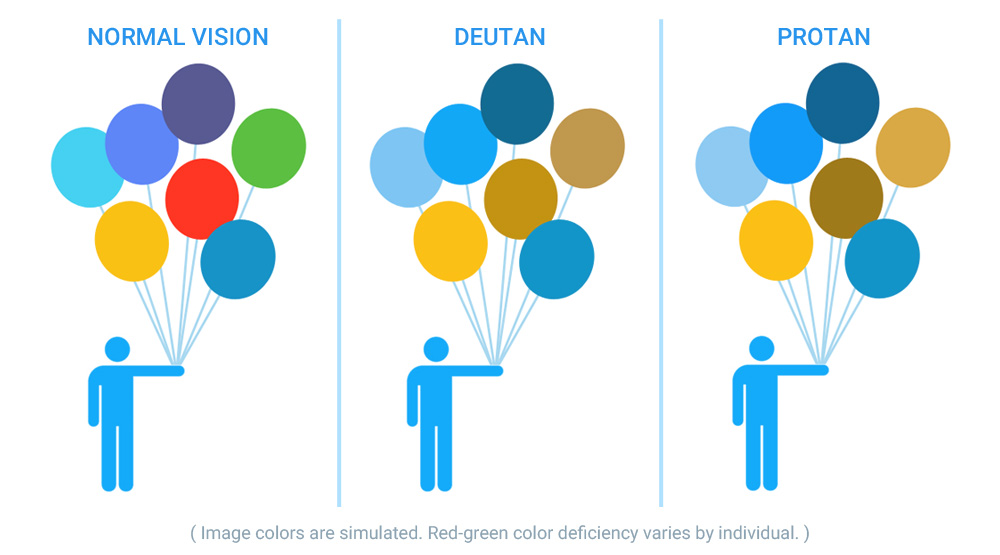
Click on the ballons to take the Color Blind Test
How the Glasses Work
Most color blind people are not blind to color, but have trouble seeing certain colors and
hues. Normal color vision is based on light entering the eye, and activating three
photopigments sensitive to different parts of the visible spectrum (blue, green and red). In a
normal eye, the green and red photopigments overlap. For the color blind, this overlap is
more pronounced, causing distinct hues to become indistinguishable.
The absorption of light in the right ratios by the three photopigments in the eye is critical to
color perception. Enchroma created a special patent-pending optical technology (‘multinotch’
filtering) that removes small slices of light where the red and green cones overlap the
most. This re-establishes a more accurate ratio of light entering the three photopigments so
that color blind people enjoy a more normal spectral response. The result being that color
blind people experience enhanced color, improved ability to differentiate hues of colors, and
better depth and detail perception.
Importantly, Enchroma glasses are not a cure for color blindness. Enchroma strives to ensure
that consumers and the medical community understand that our glasses are not a “cure”,
“correction” or “fix” for color blindness. The glasses are effective for about four out of five
red-green color blind people and do not provide 100% color vision. Enchroma glasses
enhance the vibrancy and saturation of certain colors and improve color discrimination,
depth and detail perception. The user's typical experience takes about 5-15 minutes for an
effect.

Facts about Color Blindness and Enchroma
- There are an estimated 300 million people in the world with color vision deficiency.
- 1 in 12 men are color blind (8%).
- 1 in 200 women are color blind (0.5%).
- Color blindness is typically inherited genetically and carried recessively on the X chromosome.
- While color blindness is often considered a mild disability, studies estimate that two-thirds of people with CVD feel it’s a handicap.
- Red-green color blindness doesn’t mean only color confusion with red and green colors, but the whole color spectrum can cause confusion.
- Enchroma glasses are the only specialty eyewear that alleviates red-green color blindness, enhancing colors without the compromise of color accuracy.
- Enchroma started in 2010, after ten years of R&D.
- Enchroma emerged from three National Institutes of Health (NIH) SBIR funded studies on the feasibility of correcting color vision deficiency.
- A father can’t pass his red-green color blindness on to his sons.
- If a woman is red-green color blind, all her sons will also be color blind.
- John Dalton wrote the first scientific paper on color blindness. Color blindness is also referred to as Daltonism.
- It’s extremely rare, but it’s possible to have normal color vision in one eye and color blindness in the other eye. This is called unilateral dichromacy.
- The popular “red means bad and green means good” is a poor design for people with color blindness. A better choice would to use red–blue and yellow–blue color combinations.
- Many people with color blindness cannot tell that the power connector on a MacBook changes color.
- Lots of color blind people are surprised to find out that peanut butter is not green.
Outdoor
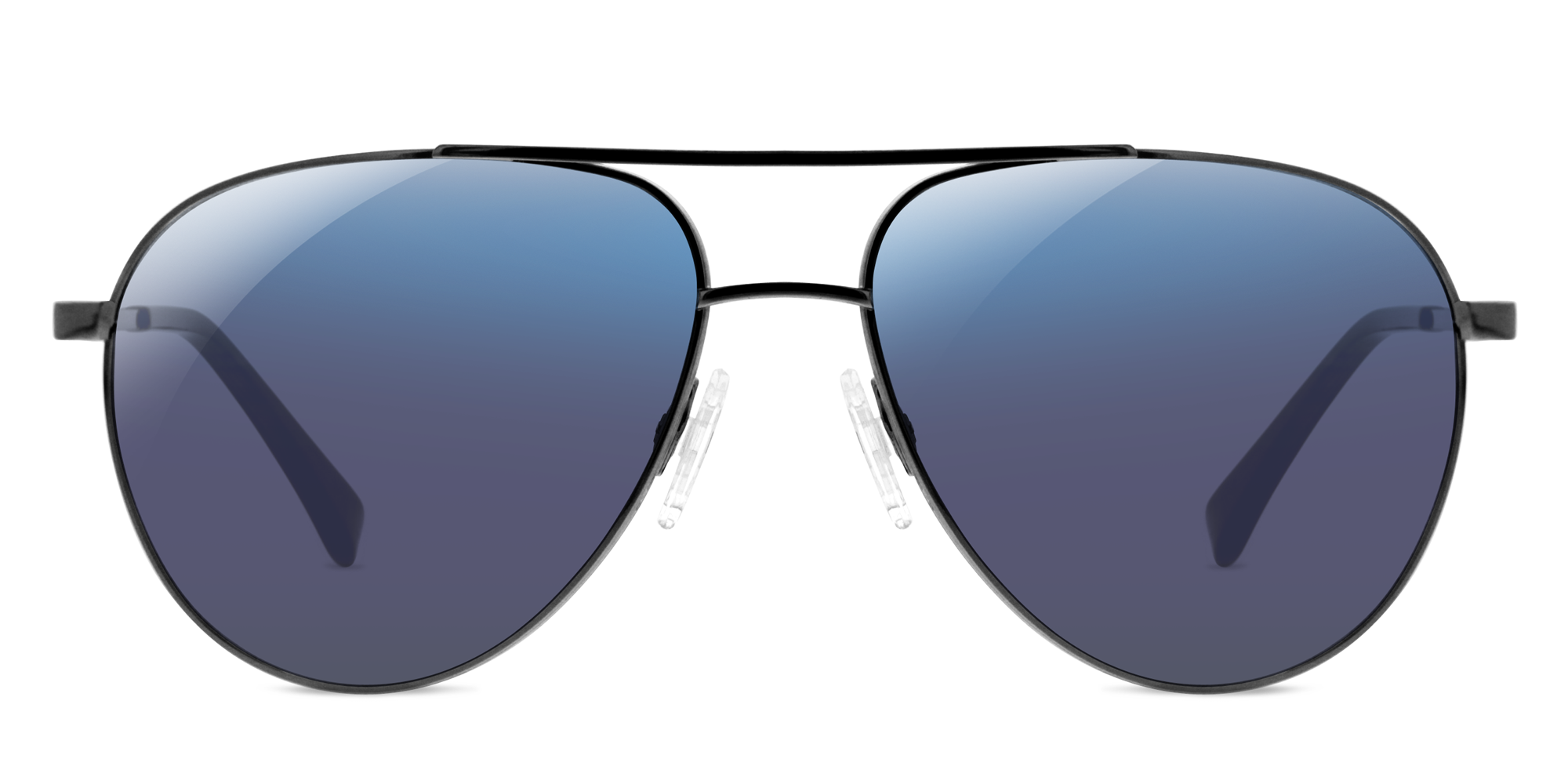
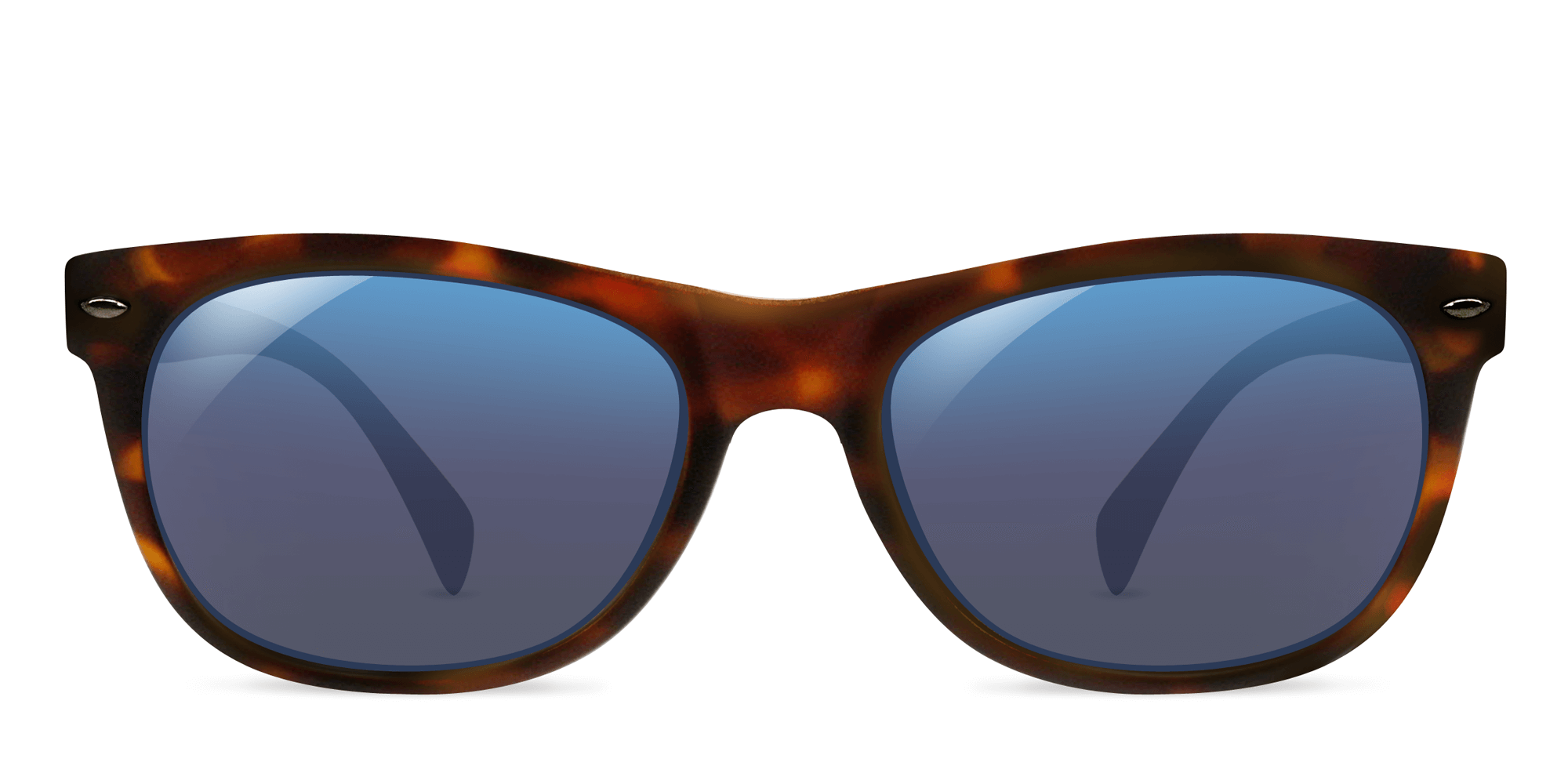
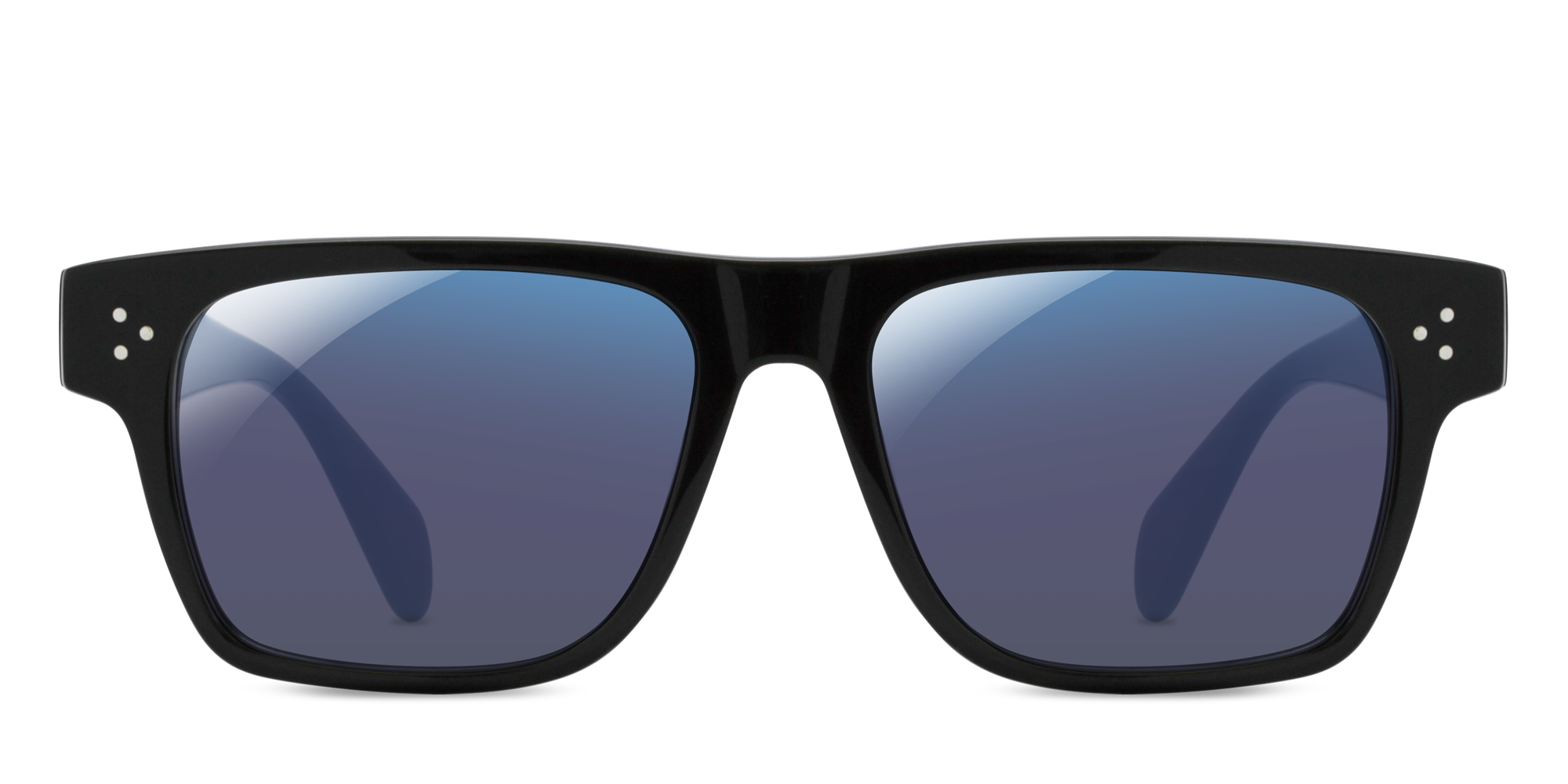
Indoor
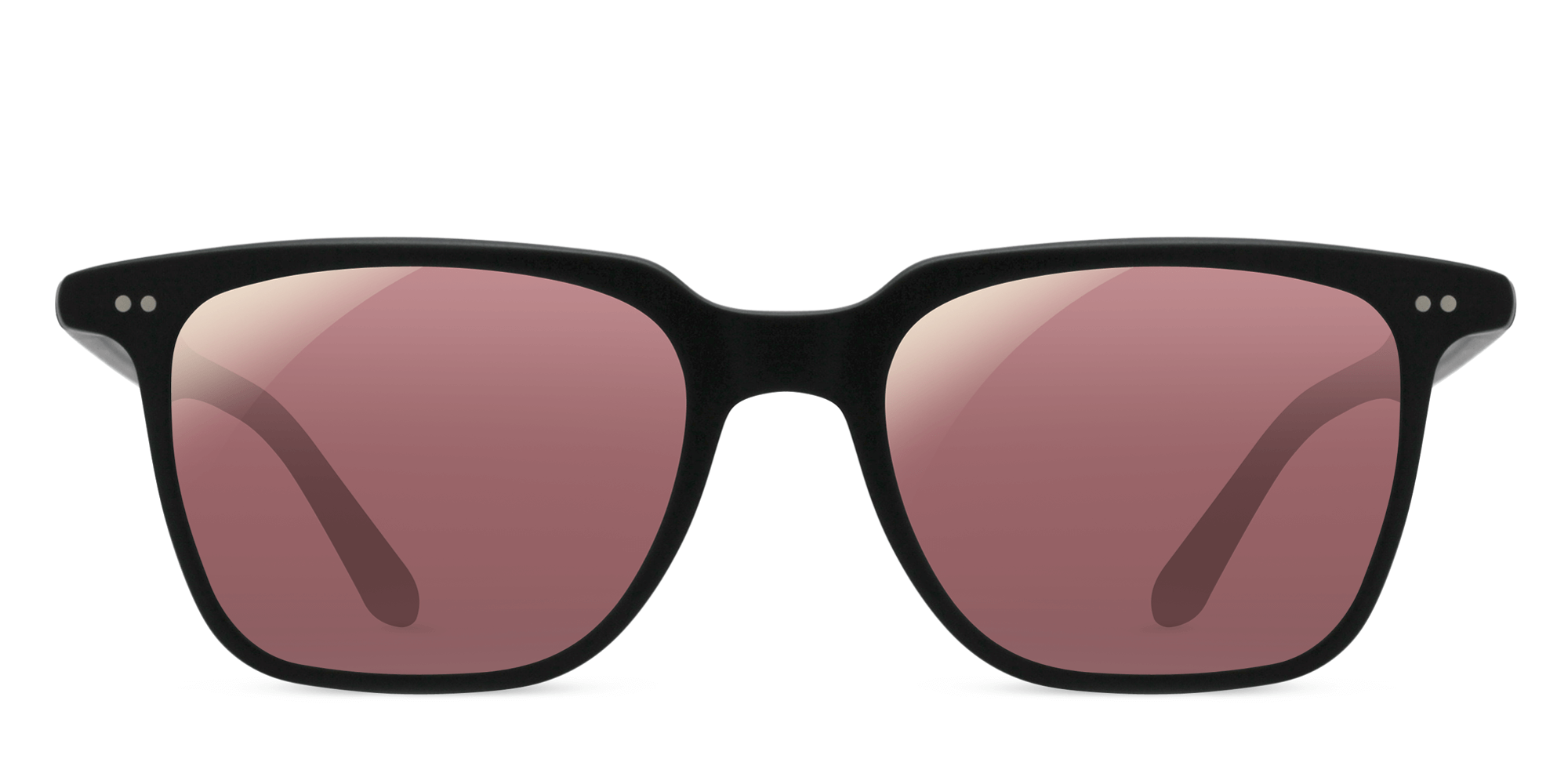
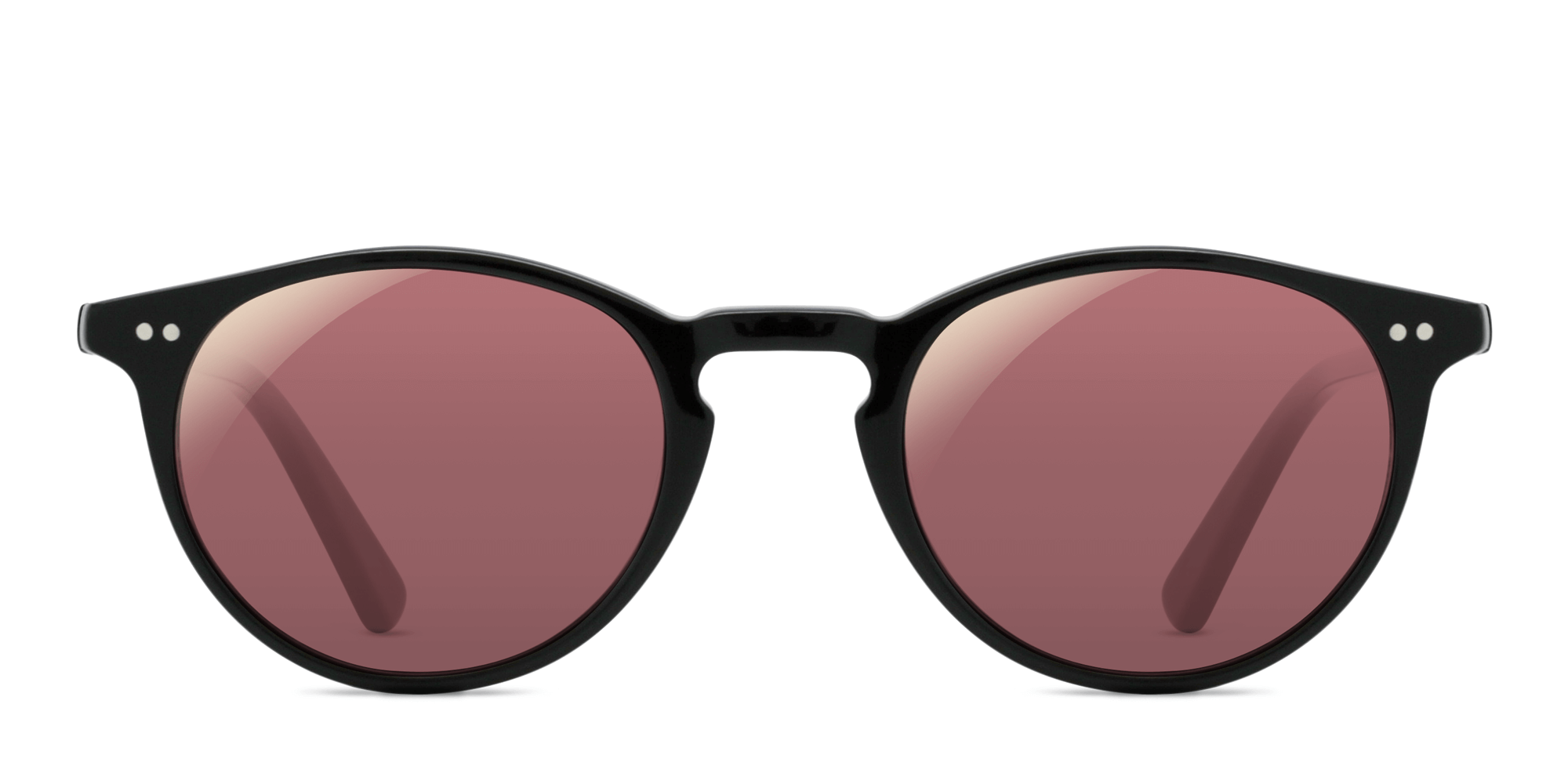
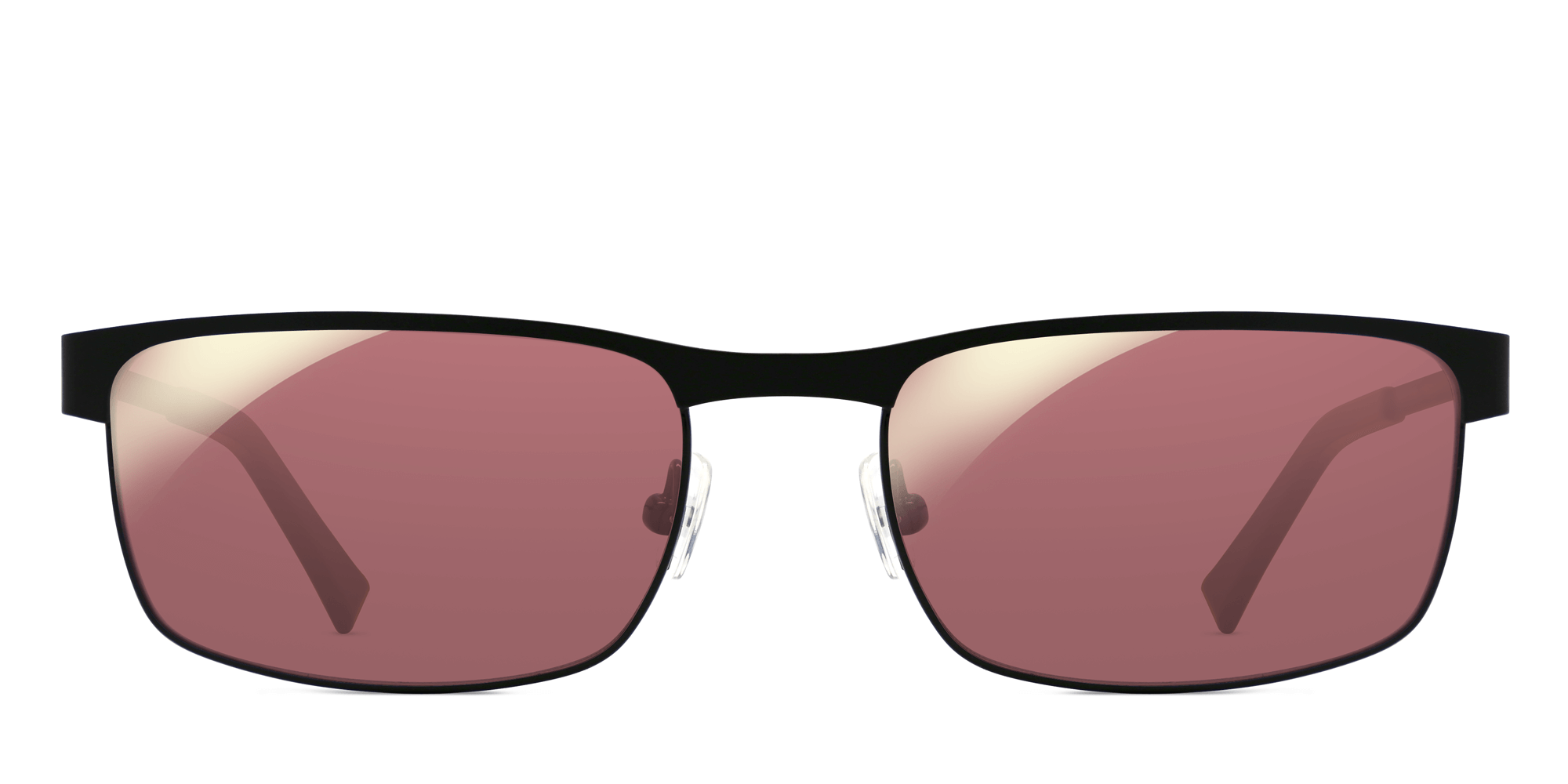

Do your eyes feel like someone poured sand in them burning and/or Irritated.
If so, Why not let the Doctors at Family Eye Care Clinic provide you with relief of those symptoms. We specialize in treating the Dry Eyes of the Ark-La-Tex.
What is Dry Eye
Dry eye is a condition in which a person doesn't have enough quality tears to lubricate and nourish the eye. Tears are necessary for maintaining the health of the front surface of the eye and for providing clear vision. Dry eye is a common and often chronic problem, particularly in older adults.
With each blink of the eyelids, tears spread across the front surface of the eye, known as the cornea. Tears provide lubrication, reduce the risk of eye infection, wash away foreign matter in the eye, and keep the surface of the eyes smooth and clear. Excess tears in the eyes flow into small drainage ducts in the inner corners of the eyelids, which drain into the back of the nose. Dry eyes can occur when tear production and drainage is not in balance.
People with dry eyes either do not produce enough tears or their tears are of a poor quality.
Inadequate amount of tears
Tears are produced by several glands in and around the eyelids. Tear production tends to diminish with age, with various medical conditions or as a side effect of certain medicines. Environmental conditions, such as wind and dry climates, can also decrease tear volume due to increased tear evaporation. When the normal amount of tear production decreases or tears evaporate too quickly from the eyes, symptoms of dry eye can develop.
Poor quality of tears
Tears are made up of three layers: oil, water and mucus. Each component protects and nourishes the front surface of the eye. A smooth oil layer helps prevent evaporation of the water layer, while the mucin layer spreads the tears evenly over the surface of the eye. If the tears evaporate too quickly or do not spread evenly over the cornea due to deficiencies with any of the three tear layers, dry eye symptoms can develop.
The most common form of dry eyes occurs when the water layer of tears is inadequate. This condition, called keratoconjunctivitis sicca (KCS), is also referred to as dry eye syndrome.
People with dry eyes may experience irritated, gritty, scratchy or burning eyes; a feeling of something in their eyes; excess watering; and blurred vision. Advanced dry eyes may damage the front surface of the eye and impair vision.
Symptoms
While experiencing symptoms of dry eye can be temporary for some people, those with Chronic Dry Eye disease may find that their symptoms get worse and more frequent over time. Constant dry eye symptoms can affect their ability to do many activities that involve their eyes.
Though they may vary from person to person, common Chronic Dry Eye symptoms include:
- Dryness/itching
- Burning/stinging
- Watering eyes
- Sensitivity to light
- A gritty or sandy sensation
- Feeling like something is in your eye
- Blurry vision or difficulty seeing at night
- Problems wearing contact lenses
- Excess tears following very dry eye periods
- Inability to cry
- Uncomfortable contact lenses
- Pain and redness of the eye and eyelids
- Crusting of eyelids
While experiencing symptoms of dry eye can be temporary for some people, those with Chronic Dry Eye disease may find that their symptoms get worse and more frequent over time. Constant dry eye symptoms can affect their ability to do many activities that involve their eyes. And, remember, Chronic Dry Eye disease may have more serious consequences for your eyes. It may damage the front surface of the eye, increase the risk of eye infection, and affect your vision.
If you have questions about Chronic Dry Eye, based on your symptoms and their impact on you, your next important step should be to call Family Eye Care Clinic and schedule a Chronic Dry Eye exam.
You should seek medical attention now if your dry eyes are experiencing any of the following:
- Dryness, itching, burning, or stinging
- Watering eyes
- A gritty or sandy sensation/feeling like something is in your eye
- Blurry vision or sensitivity to light
- Problems wearing contact lenses
- Problems with daily activities, such as reading, driving at night, watching TV, or working on the computer
- More frequent symptoms than usual, causing frequent use of artificial tears
- Worse/more severe symptoms than usual, and using artificial tears isn’t enough
Seeing your Doctor
What Should You Be Telling Your Eye Doctor During Your Visit?
Key information you should be prepared to provide: Any symptoms you're experiencing, including, but not limited to: ( Keep a diary) Dryness, itching, burning, or stinging, watering eyes, gritty or sandy feeling-like something in your eyes, blurry vision, sensitivity to light, problem wearing contacts and how often you use artificial tears.
Also mention, how much your dry eyes are affecting you, computer use, watching TV, ability to drive at night.
Treatment Options
There are several ways to manage Chronic Dry Eye (CDE) that you should discuss with your ophthalmologist or optometrist. Together, you and your eye doctor will choose the treatment option that's best for you.
Treatment options include:
- Artificial tears. Also known as over-the-counter eye drops, most of these temporarily provide moisture to the eye and relieve dry eye symptoms. ( This is not a solution, just quick relief)
- Prescription medicine- Cyclosporine, an anti-inflammatory medication, is the only prescription drug available to treat dry eye. It may take three to six months of twice-a-day dosages for the medication to work. In some cases of severe dry eye, short term use of corticosteroid eye drops that decrease inflammation is required.
- Tear duct plugs. Also known as punctal plugs, these plugs are made of silicone or collagen, are reversible and are a temporary measure. In severe cases, permanent plugs may be considered.
Your optometrist might recommend prescription eye drops, ointments warm compresses, lid massage, or eyelid cleaners to help reduce inflammation around the surface of the eyes.
We strive to provide the best in complete eye care at a reasonable cost to our patients and request payment be made at the time services are rendered. If glasses or contact lenses are ordered, payment may be made in two equal installments. Balances are due upon delivery.
For you convenience the following payment methods are accepted:
Insurance
We will give you an itemized receipt that can be attached to your insurance claim form for reimbursement. If you need assistance with this process, please ask our Financial Secretary for additional information.
Medicare
As a courtesy to our valued senior patients, we are full participants in the Medicare Program. This means that we will file claims with Medicare and most supplemental insurance and will accept assignment of payment.
HMOs/PPOs
We participate with many area health care plans, including Blue Cross/Blue Shield of Texas, Vision Service Plan, Davis Vision, Superior Vision and most Eye Med plans. Please ask for more information about our plans.
CareCredit
The CareCredit Health Care credit card is accepted at over 200,000 locations nationwide and is designed to help you fiance your health and vision needs. With CareCredit you pay right away for you and your family and make convenient monthly payments.
InfantSee brought to you by the American Optometric Association
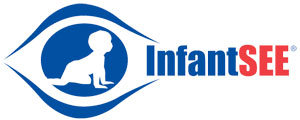 Your child's first eye examination is recommended between the age of 6-12 months.
Your child's first eye examination is recommended between the age of 6-12 months.
Dr. Adam Cox is an InfantSee provider and will evaluate your infant free of charge to determine if their eyes are developing equally and absent of any disease or significant refractive error. Go to www.infantsee.org for more information about this great program.
Contact our office and schedule the newest member of your family for their first eye exam! (903) 796-8288
- Two-year warranty on frames.
- If for any reason you need your frame repaired or replaced, we will do it at no charge for two years from the date of purchase.
- One-year warranty on plastic lenses with scratch-resistant treatments.
- If you scratch your lenses, we will remake your lenses one time in that one year period from the date of purchase at no charge to you.
- Two-year warranty on specialty treatments.
- Crizal anti-reflective treatments will be replaced multiple times in a 2 year period from date of purchase at no charge to you. One year warranty on mirrored treatments.
- One of the largest selections of frames and styles to choose from in the Ark-La-Tex.
- Our optical gallery has well over 2000 frames, including a large selection of children’s frames.
- Experienced, highly trained, knowledgeable opticians along with a caring staff that provide over 200 years of combined experience.
- We will assist you with personalized service in finding the perfect size, shape, and color of frame. We will also assist you in selecting lenses to fit your unique lifestyle. Our expertise in this area is our greatest asset and benefit to you. Our main focus at Family Eye Care Clinic is to provide you with clear vision.
- Locally owned and operated.
- Family Eye Care Clinic offers a pleasant, yet professional atmosphere in which you and your family will receive an exceptional, comprehensive eye care experience.
- We have built a foundation of trust over the past 35 years with our patients.
- It’s the love of our patients and profession keeps us motivated in helping you with all your eye care needs.
- “GREAT SAVINGS” on a second pair of glasses for our cash paying patients.
- We also offer savings on a second pair for our patients using vision benefits. Depending on your eye care needs, you may need sunglasses, specialty office glasses, safety or sports glasses.
- Family Eye Care Clinic stands behind our prescriptions and frames.
- Our doctors are available to review your prescription and eyewear needs. We want you to love your glasses!
- Family Eye Care Clinic uses only the highest quality materials available for your frames and lenses.
- We utilize the most reputable laboratories in the country to provide the latest in state of the art lens treatments. Family Eye Care Clinic also utilizes an in-office finishing lab to guarantee that we control the quality of the finished product. We are not striving to be the fastest- just the BEST!
- We are ALL about supporting the community.
- The doctors and staff of Family Eye Care Clinic spend quality, personalized time with each and every patient to ensure they are totally satisfied with their experience. We are also here to promote, support, and give back to the community through participation in multiple local organizations and charities. Locally owned businesses build strong local economies. Please invest in your community’s future by keeping your hard earned money local.
As a fully licensed and equipped optometric practice, Family Eye Care Clinic offers a complete range of eye care services to all our patients.
Whether the eye care issue involves correcting refractive errors with eyeglass or contact lenses, or helping a student find amazing frames, or diagnosing/treating eye conditions and diseases, our experienced team will identify and implement the best eye care solutions for you.
Eye Health Evaluation
With our years of experience in diagnosing and treating typical vision disorders such as nearsightedness, farsightedness, amblyopia, presbyopia, cataracts, macular degeneration and diabetic retinopathy, Dr. Randal M. Cox, Dr. Terry D. Foster, Dr. Adam R. Cox, and Dr. Michael Cade and their team are equipped to provide appropriate therapeutic medical eye care.
At the same time, the Family Eye Care Clinic team offers a wide array of high quality eye care products at reasonable prices. Our patients never pay too much for the best quality in eyeglasses, contact lenses, sunglasses, progressive and bifocal lenses, and outstanding service.
Treatment of Eye Disease
If you are diagnosed with an eye disease, you want the best treatment available to get your eyes healthy again. At Family Eye Care Clinic, we stay current with best treatment practices. Based on your diagnosis, we may recommend a wide variety of approaches, including improved nutrition, prescription medicines, therapy and vision exercises, or medical procedures.
Good Eyecare Begins With A Yearly Eye Exam!
Although many do not realize it, the best way to protect your vision is with a yearly eye checkup. Even a basic eye exam can instantly detect many health-threatening conditions, such as tumors, vascular irregularities, and diabetes-related injury to the retina. At Family Eye Care Clinic, that basic checkup is brief and painless.
Zeiss Clarus 500
The Zeiss Clarus 500 allows our clinic to capture extremely clear and full field views of the internal eye. The instrument is an ultra-widefield camera that captures high resolution images down to 7 microns.
What this means for our patients is that we are able to document and observe all manner of ocular disease and track subtle changes in pathology over time. In addition, it also captures detailed fundus auto-florescence images and external structures as well.
Often these capabilities are enjoyed without having to dilate our patients allowing comprehensive eye care with little to no inconvenience.
Nidek Fundus Camera AFC-230
Family Eye Care Clinic provides the innovative AFC-230 extremely high resolution non-mydriatic digital fundus camera. The 21.1 mega pixel image ensures that a wide range of ocular conditions can be comprehensively observed such as diabetic retinopathy, macular degeneration, glaucoma, and other retinal anomalies.
The system offers retinal photography with no need for dilation in most cases. Very minimum flash exposure is needed so patient discomfort is minimized. This imaging capability allows our doctors to rapidly identify and monitor visually threatening eye conditions.
Humphrey Visual Field Analyzer
Our visual field tester is recognized as the standard of care for the early detection, treatment and management of ocular conditions that result in visual field loss. This latest generation field analyzer with its advanced software, decreased test times, handicap accessibility and early detection strategies allow our doctors to practice therapeutic optometry to its fullest scope.
Diopsys Nova Visual Evoked Potential (VEP)
Visual Evoked Potential tests the entire visual pathway from the cornea to the visual cortex located in the occipital lobe of the brain. The instrument has the ability to pick up cell damage at all points of the visual pathway long before functional changes become apparent or before they appear in the structure of the retina.
This test is 100% objective meaning there is no patient response required. The VEP is used by the doctors of Family Eye Care Clinic for the early detection of Glaucoma, Optic Nerve Disorders, Visual Pathway Disorders, MS, Amblyopia, and any unexplained visual disturbance.
Optical Coherence Tomography Scanner (HD-OCT) with Spectral Domain Technology
The Cirrus HD-OCT uses light waves to create dramatic and detailed images of the inside of the eye. Dynamic information provided by this instrument produces views of the eye never seen before and not possible by other technologies. The OCT scanner is a non-contact and non-invasive way to determine earlier detection of eye problems and to ultimately better preserve vision.
There is no exposure to painful high-intensity light and no injections or dyes required, so patients are comfortable and safe.
Using the scanning abilities of this instrument enables the doctors of Family Eye Care Clinic to more specifically diagnose, treat and manage glaucoma and retinal diseases, including diabetic retinopathy, macular edema and macula degeneration. A macular scan by the Cirrus HD-OCT is part of the required testing for patients taking Plaquenil with the new 2011 guidelines set by the AAO.
Humphrey Corneal Topography System with Master Vue Software
Our office has the most advanced corneal topography system available. This device projects a series of light rings onto the cornea of the eye and then captures the reflections on a video camera. The results is a detailed three dimensional topographical map of the cornea.
This information is vital to the preoperative and postoperative refractive surgery candidate, to the design of complex soft and rigid gas permeable contact lenses and is used in the diagnosis of corneal disease and curvature abnormalities.
Iconan Specular Microscope
Leading the field in contact lens fitting and evaluations, our office evaluates the endothelial cell layer of the cornea on all our contact lens patients. This instrument allows our doctors to assess the inner layer of each patient's cornea which can become damaged/impaired from continual wear of contact lenses. This instrument is also used to evaluate corneal diseases such as Fuch's dystrophy which can lead to severe dry eye and discomfort.
Briot Accura Lens Fabrication System
Our office contains a fully equipped optical lab to ensure that eyewear is produced at the absolute highest quality with both affordable rates and very little waiting for our clientele's convenience. This system utilizes the very latest innovations in eyeglass technology and allows our optical lab to provide the most advanced eyewear materials and surface treatments available today.


